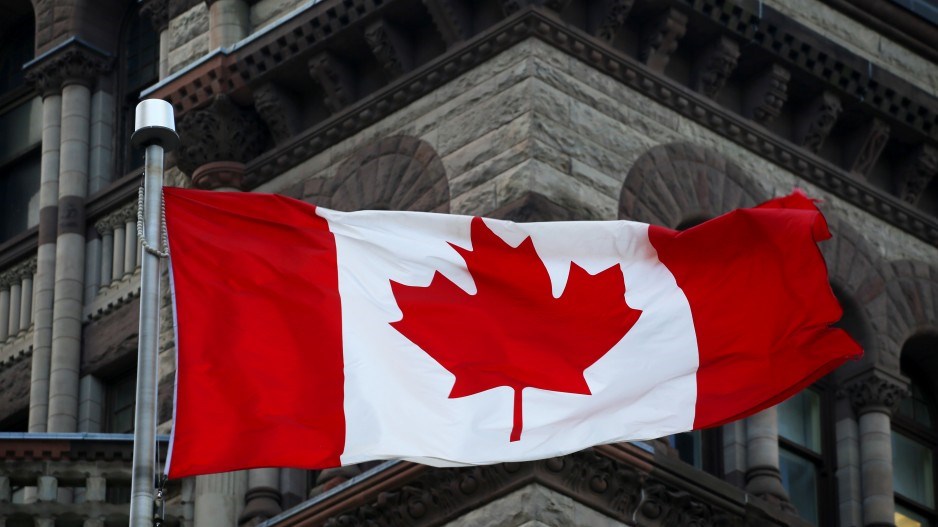In September 2011, four months removed from one of its worst electoral performances, the Liberal Party of Canada appeared adrift.
The New Democratic Party (NDP) was the official Opposition for the first time in history and the Conservative Party had just formed a majority government in Ottawa.
At the time, I asked Canadians if they would approve of a merger between the Liberals and the NDP. There had been some hints at a possible “unite the left” movement in the months prior to the May 2011 election, with former prime minister Jean Chrétien expressing his opinion about a coalition with the words: “If it’s doable, let’s do it.”
Few Canadians thought it was doable. Just over three in 10 () welcomed the idea in late 2011, while 50 per cent disagreed and 19 per cent were undecided. Appetite for a merger was highest among Liberal voters (46 per cent), dropping to 40 per cent among New Democrats and to 20 per cent among Conservatives.
More than a decade later, Canada is living in a thoroughly different political scenario. The Liberals and the NDP have been working together in a supply and confidence agreement that has kept relatively happy. While no election is expected until 2025, the Conservatives are surging, particularly in Ontario and British Columbia.
This past weekend, Research Co. and Glacier Media looked at three possible scenarios of cooperation that could materialize before Canadians cast ballots federally. The notion of a formal agreement between the Liberals and the New Democrats to share power in a coalition government is backed by 48 per cent of Canadians—rising to 72 per cent among Liberal voters in 2021 and 63 per cent among NDP voters.
Support is lower for another idea. Just over a third of Canadians (35 per cent) are in favour an agreement between the Liberals and the NDP to only run candidates from one of the two parties in every riding in Canada. This concept is slightly better received in Quebec and Ontario (40 per cent and 39 per cent, respectively) but plummets in British Columbia (29 per cent).
Opposition to a full merger between the two parties is almost the same as it was in 2011. Half of Canadians (50 per cent) are against this idea, while 36 per cent would welcome it and 13 per cent are undecided.
The difference this year is the intensity of support from Canadians who voted for the Liberals in 2021. More than half (56 per cent) would be happy with a new “united” party. NDP voters are not as convinced: Only 36 per cent are ready to fold their brand at this stage. Conservative voters, as expected, are less enthused (21 per cent).
We also asked Canadians to ponder their choices in a federal election in which a merged party ran a candidate in their riding. With Justin Trudeau as leader, the new party garners the backing of 36 per cent of decided voters across Canada – better than the result the Liberals received in 2019 and 2021. The Conservatives would be in a comfortable position a 42 per cent, with the Bloc Québécois and the Green Party fighting for third place (each at seven per cent).
The merged party under Trudeau does not have an edge in Atlantic Canada (tied at 45 per cent with the Conservatives) and is five points behind in seat-rich Ontario (38 per cent to 43 per cent). In British Columbia, the Conservatives surge to 49 per cent, which would be their highest vote total in a federal election in the province since the party’s creation.
The retention rates under Trudeau are problematic. While 80 per cent of Liberal voters in 2021 would have no problem staying with the merged party, only 61 per cent of NDP voters would follow suit.
With Jagmeet Singh as leader of the new party, the national numbers do not move much. The Conservatives would have a seven-point lead (43 percent to 36 per cent), with the Bloc at eight per cent and the Greens at six per cent. There is a virtual tie in Atlantic Canada and a six-point lead for the Conservatives in Ontario. In British Columbia, the Conservatives reach 50 per cent.
With Singh as leader, the retention rates are significant: 74 per cent of NDP voters and 71 per cent of Liberal voters would be ready to cast a ballot for the new party. Each of the “founding” parties loses about one in six 2021 voters to the Conservatives (17 per cent for the Liberals and 16 per cent for the NDP).
Quebec reacts positively to the idea of a merger, but only under Trudeau. The current prime minister gets a six-point lead over the Bloc (39 per cent to 33 per cent). With the leader of the NDP at the helm, we see a virtual tie (36 per cent to 35 per cent).
While some Canadians have enjoyed the current level of cooperation between the Liberals and the NDP, appetite for new courses of action is lower and a merger would not create a juggernaut that would send the Conservatives into second place nationally. It is also important to note that decided voters aged 35 to 54 are solidly behind the official opposition in each scenario (45 per cent against Trudeau and 47 per cent against Singh). This may be the group that defines not just the colour of the next government but also its size.
Mario Canseco is president of Research Co.
Results are based on an online study conducted on Oct. 6-8, 2023, among 1,000 adults in Canada. The data has been statistically weighted according to Canadian census figures for age, gender and region in Canada. The margin of error – which measures sample variability – is plus or minus 3.1 percentage points, 19 times out of 20.






